Home>Interior Design>How To Unclog A Bathtub Drain: 5 Steps To Stop Slow Emptying
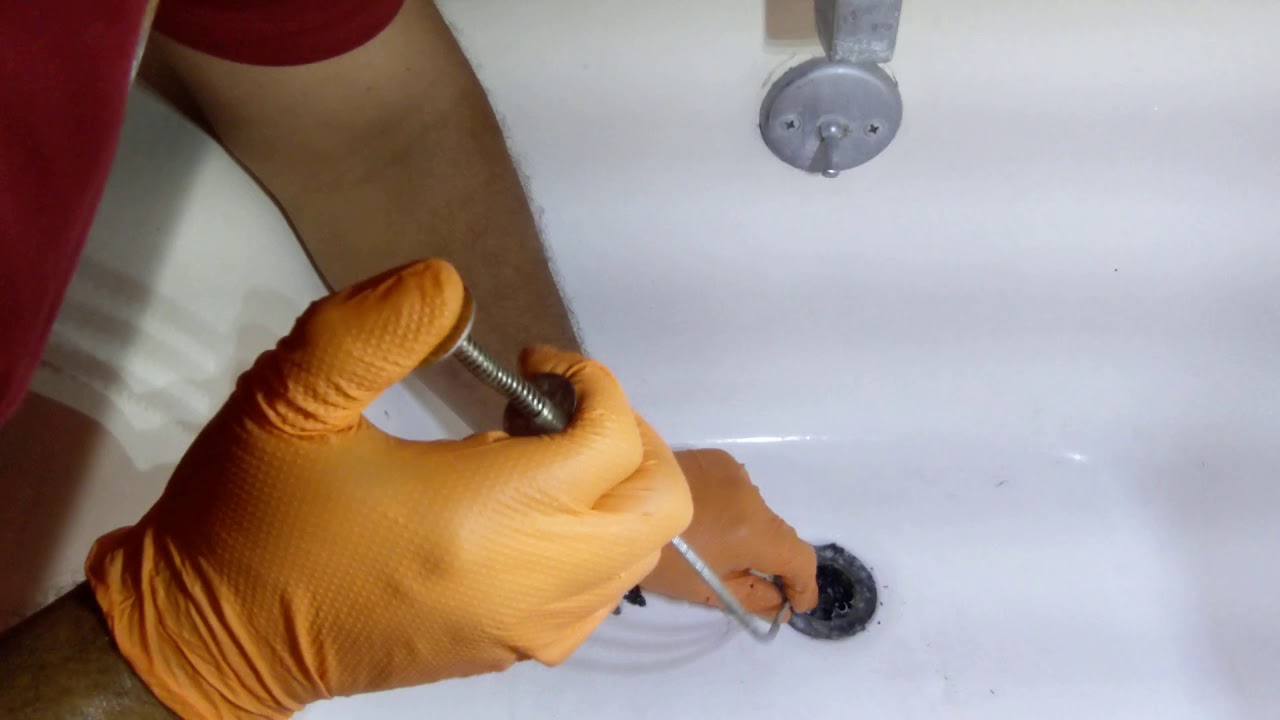

Interior Design
How To Unclog A Bathtub Drain: 5 Steps To Stop Slow Emptying
Modified: February 17, 2024
Learn how to unclog a bathtub drain and prevent slow emptying with these 5 easy steps. Improve your interior design with a clean and functional bathroom.
(Many of the links in this article redirect to a specific reviewed product. Your purchase of these products through affiliate links helps to generate commission for Storables.com, at no extra cost. Learn more)
Introduction
Having a clogged bathtub drain can be a frustrating experience. Not only does it slow down the drainage of water, but it can also lead to unpleasant odors and even water damage if left untreated. Fortunately, there are a few simple steps you can take to unclog a bathtub drain and restore its proper functioning.
In this article, we will guide you through the process of unclogging a bathtub drain in five easy steps. From gathering the necessary tools and materials to using various methods to remove the clog, we will provide you with the knowledge and techniques to tackle this common household issue.
Before we get started, it’s important to note that the methods discussed in this article are suitable for minor clogs that can be resolved with DIY solutions. If you encounter a severe or recurring clog, it is advised to seek professional assistance to prevent further damage to your plumbing system.
Now, let’s dive into the steps you can take to unclog a bathtub drain and put an end to slow emptying.
Key Takeaways:
- Easily unclog your bathtub drain with simple DIY methods using tools like a plunger, baking soda, and vinegar. Prevent future clogs with regular maintenance and save on professional plumbing services.
- Don’t let a clogged bathtub drain ruin your day. Follow 5 easy steps to clear minor clogs and restore proper water flow. Remember, patience and caution are key to successful unclogging.
Read more: How Unclog Bathtub Drain
Step 1: Gather the necessary tools and materials
Before you begin the process of unclogging a bathtub drain, it’s important to gather all the necessary tools and materials to make the task easier and more efficient. Here are the items you will need:
- Plunger: A plunger is a basic tool that can help create suction and dislodge the clog in your bathtub drain.
- Plumber’s snake or drain auger: This long, flexible tool is designed to reach deep into the drain and break up or remove the clog.
- Baking soda: Baking soda is a natural cleaning agent that can help dissolve minor clogs and eliminate odors.
- Vinegar: Vinegar is another natural cleaner that can be combined with baking soda to create a fizzy reaction that helps break down clogs.
- Bucket or large container: You will need a bucket or a large container to collect any water that may spill out during the unclogging process.
- Gloves: Wearing gloves is recommended to protect your hands from any debris or chemicals you might encounter.
- Old rags or towels: These can be used to soak up any water or mess that may occur during the unclogging process.
Once you have gathered all the necessary tools and materials, you are ready to move on to the next step of removing visible debris from the drain.
Step 2: Remove visible debris from the drain
Before attempting any unclogging methods, it’s essential to remove any visible debris from the drain. This includes hair, soap residue, or other foreign objects that could be causing the clog. Here’s how you can do it:
- Remove the drain cover: Most bathtub drains have a cover or stopper that can be easily removed by unscrewing it or lifting it off. Use a screwdriver or your fingers to loosen and remove the drain cover.
- Inspect the drain: Once the cover is removed, take a close look at the drain and check for any visible debris. Use a flashlight if needed to get a better view of the inside of the drain.
- Remove the debris: If you see any hair or other visible objects, use a pair of tweezers, pliers, or your fingers to carefully remove them from the drain. Be gentle to avoid pushing the debris further into the pipes.
- Clean the drain cover: While the drain is uncovered, take the opportunity to clean the drain cover thoroughly. Use a brush or an old toothbrush to scrub away any accumulated grime or soap residue.
Removing visible debris from the drain can often resolve minor clogs and improve the drainage immediately. However, if you don’t notice any significant improvement, it’s time to move on to the next step: using a plunger to dislodge the clog.
Step 3: Use a plunger to dislodge the clog
If removing visible debris didn’t fix the clog, using a plunger is the next step to try. A plunger creates suction and pressure that can help dislodge the clog and restore proper water flow. Here’s how you can use a plunger effectively:
- Ensure a proper seal: Place the plunger over the drain, ensuring a tight seal. Make sure the plunger completely covers the drain opening to create proper suction.
- Add water: Add enough water to cover the rubber part of the plunger. The water helps create a better seal and improves the plunging action.
- Plunge vigorously: Use an up-and-down motion with the plunger, applying vigorous force to create suction and pressure. Start with slow plunges to release any air trapped in the drain, and then increase the speed and force of your plunging.
- Repeat as needed: Plunge for about 15 to 20 seconds, then check if the water begins to drain. If not, repeat the process several times until the clog is dislodged and the water starts to drain freely.
It’s important to note that using a plunger may require some persistence and repetition to effectively remove the clog. If after several attempts the clog remains, it’s time to move on to the next step: trying a natural drain cleaner or homemade solution.
Use a mixture of baking soda and vinegar to break up clogs in your bathtub drain. Pour the baking soda down the drain, followed by the vinegar. Let it sit for 15 minutes, then flush with hot water.
Step 4: Try a natural drain cleaner or homemade solution
If using a plunger didn’t fully resolve the clog, you can try using a natural drain cleaner or a homemade solution to further break down the blockage. Here are a few options to consider:
- Baking soda and vinegar: This classic combination can help dissolve minor clogs. Start by pouring a cup of baking soda down the drain, followed by a cup of vinegar. Allow the mixture to fizz and bubble for about 10 minutes, then flush it with hot water.
- Boiling water: Boiling water can sometimes be enough to break down a small clog. Carefully pour a kettle or pot of boiling water down the drain in two to three stages, allowing a few seconds between each pour.
- Salt and baking soda: Mix equal parts of salt and baking soda, then pour the mixture down the drain. Let it sit for about 15 minutes before flushing it with hot water.
- Enzyme-based drain cleaner: Enzyme-based drain cleaners can be effective in breaking down organic matter and clearing clogs. Follow the instructions on the packaging for the recommended usage and safety precautions.
After trying a natural drain cleaner or homemade solution, give it some time to work on the clog. If you notice improved water flow, run hot water through the drain to flush out any remaining debris. However, if the clog persists, it’s time to move on to the next step: using a plumber’s snake or auger.
Read more: How To Unclog A Bathtub Drain With Bleach?
Step 5: Use a plumber’s snake or auger for stubborn clogs
If previous methods haven’t successfully cleared the stubborn clog in your bathtub drain, it’s time to bring out the heavy artillery: a plumber’s snake or auger. This tool allows you to reach deep into the drain and physically break up or remove the clog. Here’s how to use a plumber’s snake or auger:
- Choose the right tool: Select a plumber’s snake or auger that is suitable for your bathtub drain. These tools are available in different lengths and sizes, so make sure to choose one that fits your needs.
- Insert the snake: Insert the snake into the drain opening, pushing it gently but firmly until you feel resistance. This resistance indicates that you’ve reached the clog.
- Rotate and push: Once you’ve reached the clog, rotate the snake handle clockwise while simultaneously pushing it forward. This action helps break up the clog or snag it for removal.
- Retract the snake: Slowly retract the snake while continuing to rotate it, ensuring that you’re capturing any debris along the way. It’s normal to encounter some resistance as the clog dislodges.
- Flush with water: After removing the snake, flush the drain with hot water to wash away any remaining debris. Run the water for a few minutes to ensure the clog is completely cleared.
Using a plumber’s snake or auger can be more challenging than other unclogging methods, so don’t hesitate to seek professional help if you’re unsure or uncomfortable with using the tool.
By following these five steps, you should be able to effectively unclog your bathtub drain and restore proper water flow. Remember to exercise patience and caution throughout the process, and if the clog persists or worsens, it’s best to consult a professional plumber to avoid any further damage to your plumbing system.
Now that you have the knowledge and techniques to unclog a bathtub drain, put them into action and enjoy a smoothly running drain once again!
Conclusion
Dealing with a clogged bathtub drain can be a frustrating experience, but with the right tools and methods, you can quickly resolve the issue and restore proper water flow. In this article, we discussed the five steps to unclog a bathtub drain:
- Gather the necessary tools and materials
- Remove visible debris from the drain
- Use a plunger to dislodge the clog
- Try a natural drain cleaner or homemade solution
- Use a plumber’s snake or auger for stubborn clogs
By following these steps, you can effectively tackle minor clogs in your bathtub drain on your own. However, if you encounter severe or recurring clogs, it’s recommended to seek professional assistance to prevent further damage to your plumbing system.
Remember, prevention is always better than cure. To minimize the occurrence of future clogs, it’s a good practice to regularly clean your drain by pouring boiling water down it or using a mixture of baking soda and vinegar. Additionally, using drain covers or strainers can help prevent hair, soap residue, and other debris from entering the drain and causing clogs.
Unclogging a bathtub drain can be a manageable task with the right knowledge and tools. By following the steps outlined in this article, you can save time and money by avoiding the need for professional plumbing services.
So, the next time you find yourself dealing with a slow-emptying bathtub, don’t panic. Take a deep breath and follow the steps we’ve provided. Soon enough, you’ll have a clear and smoothly running drain, allowing you to enjoy a relaxing and stress-free bathing experience.
Frequently Asked Questions about How To Unclog A Bathtub Drain: 5 Steps To Stop Slow Emptying
Was this page helpful?
At Storables.com, we guarantee accurate and reliable information. Our content, validated by Expert Board Contributors, is crafted following stringent Editorial Policies. We're committed to providing you with well-researched, expert-backed insights for all your informational needs.
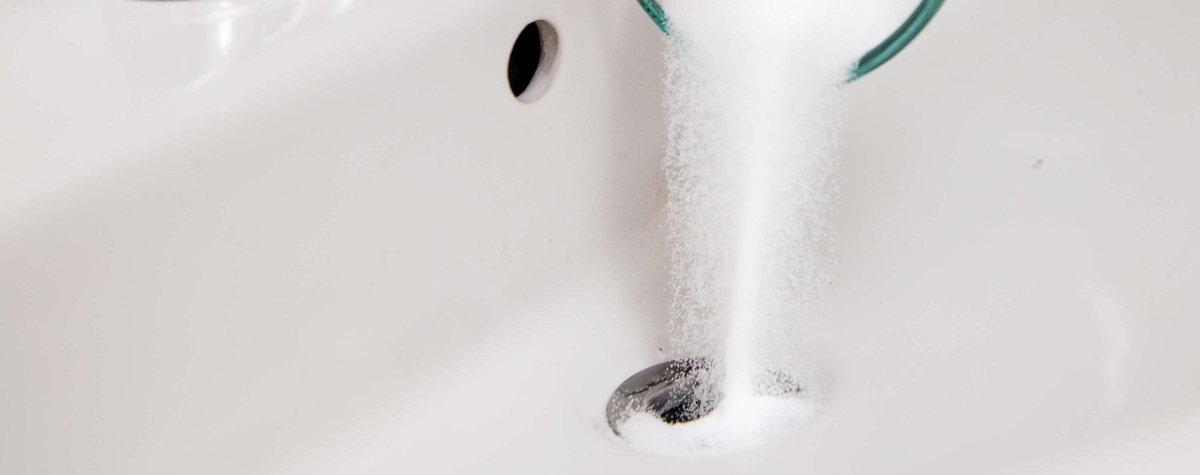
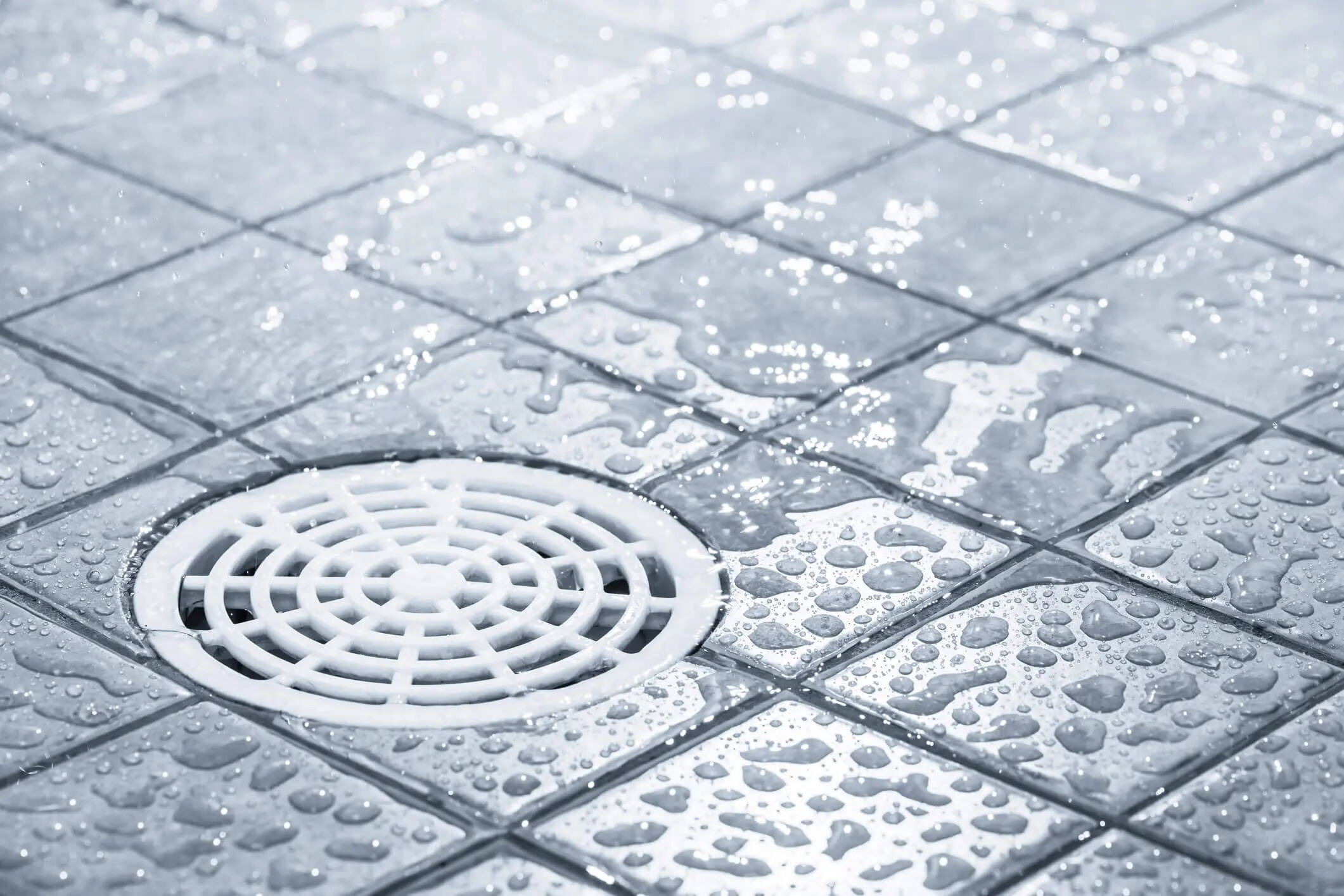
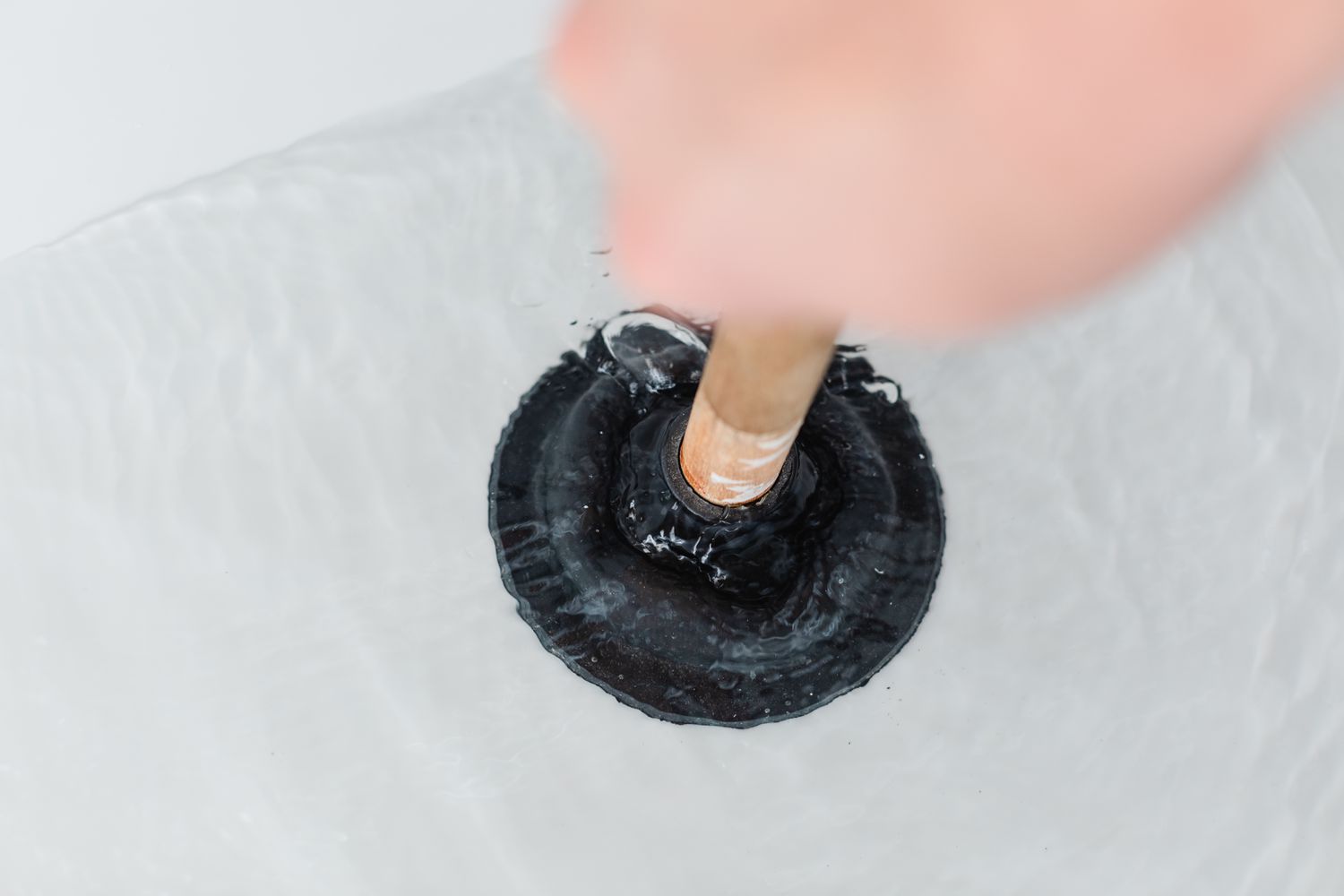
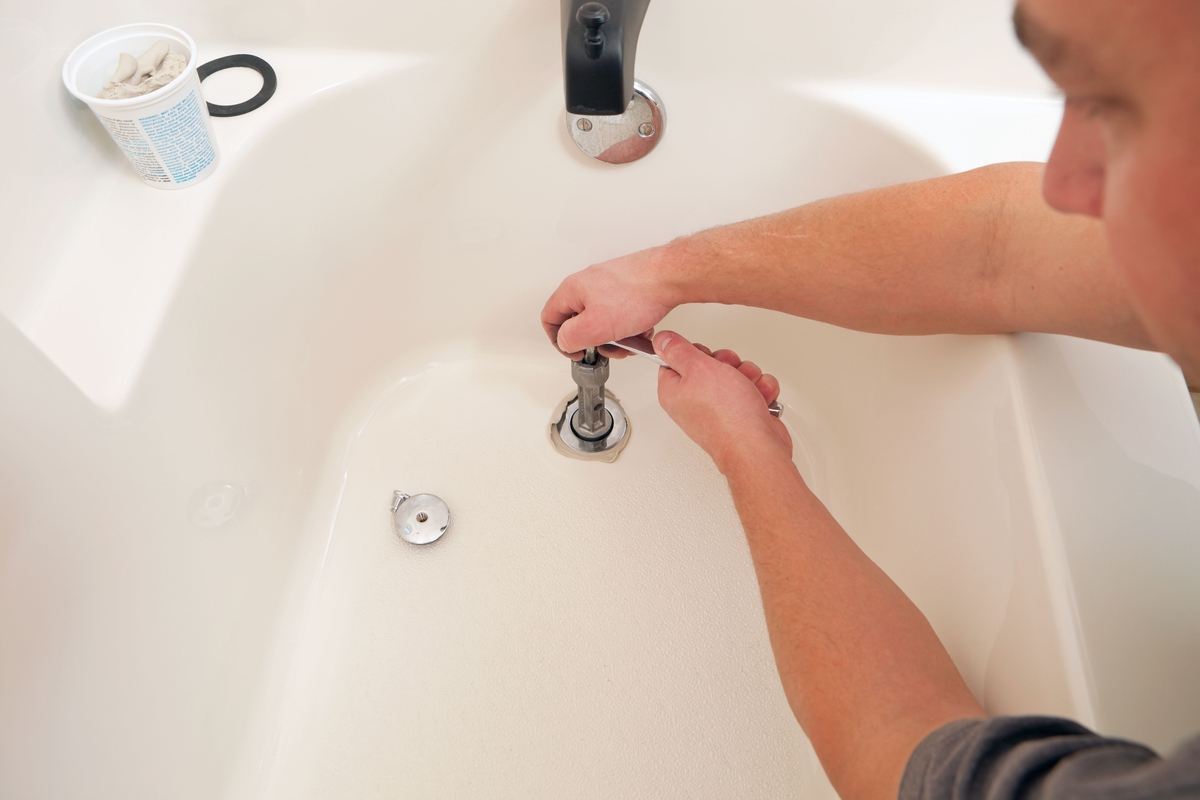
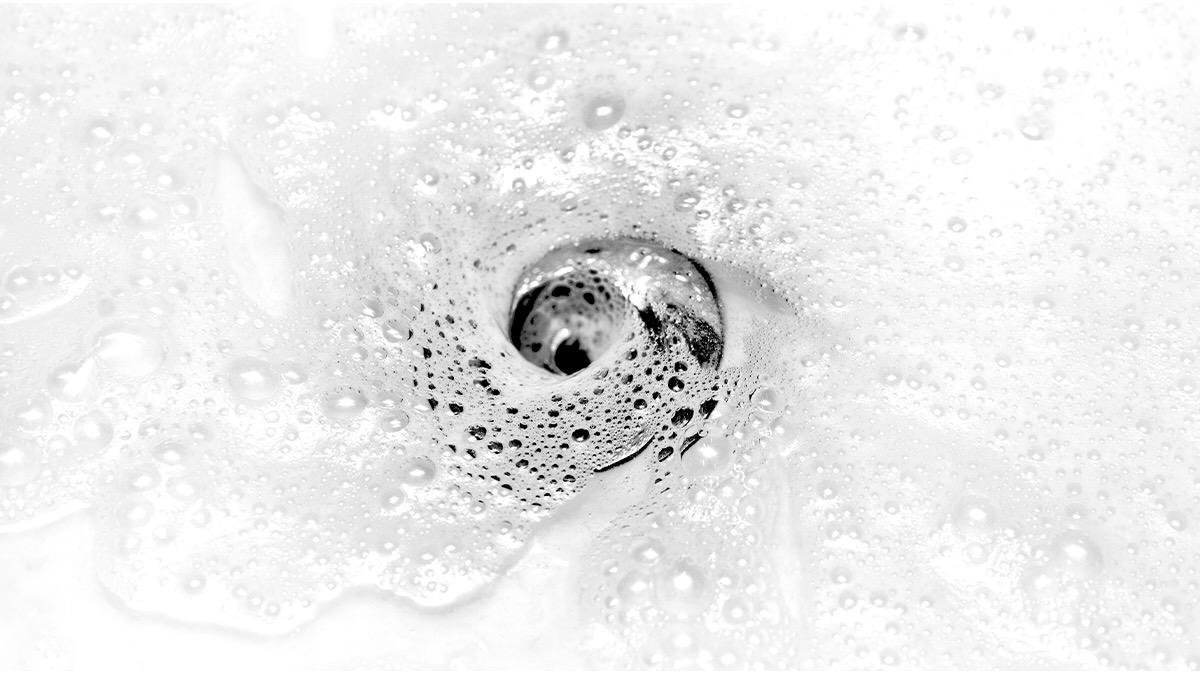
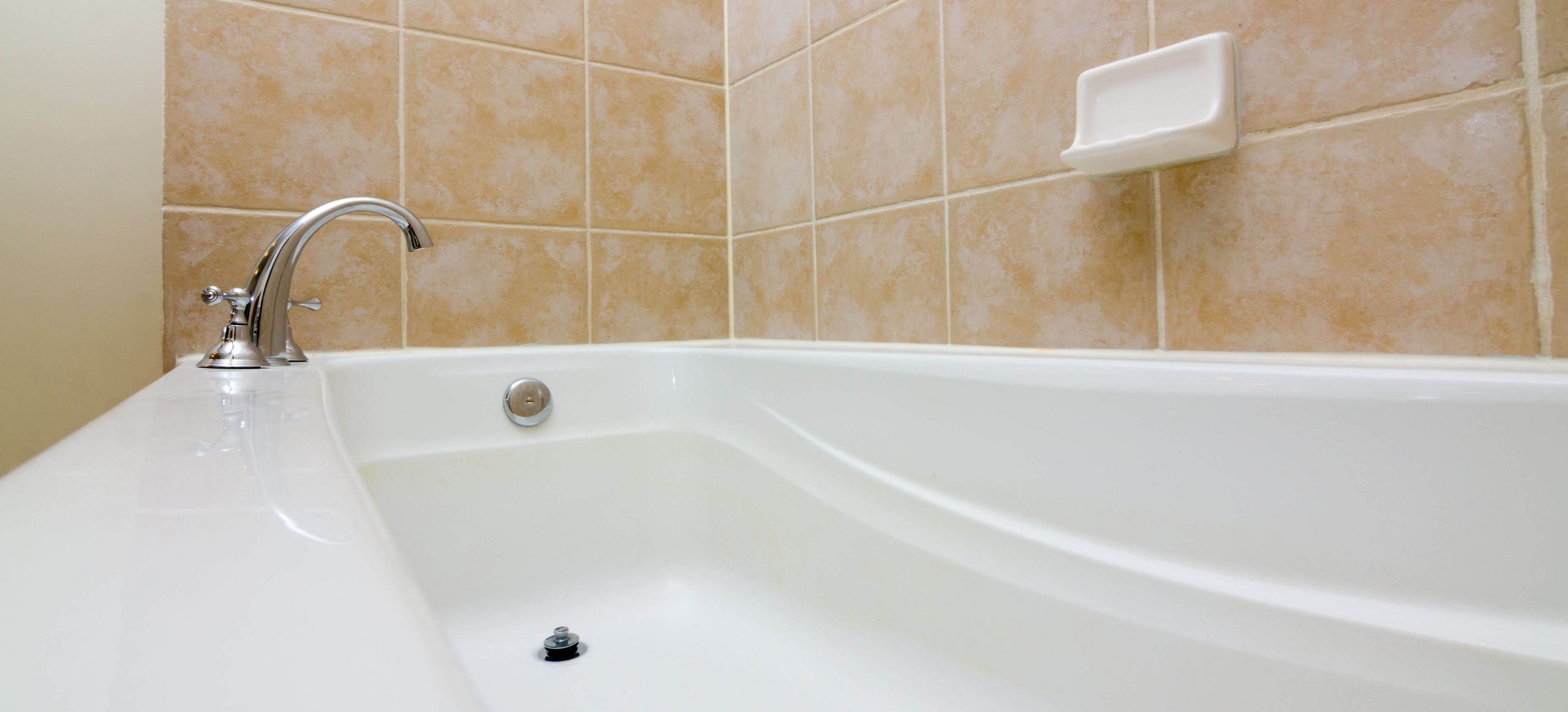
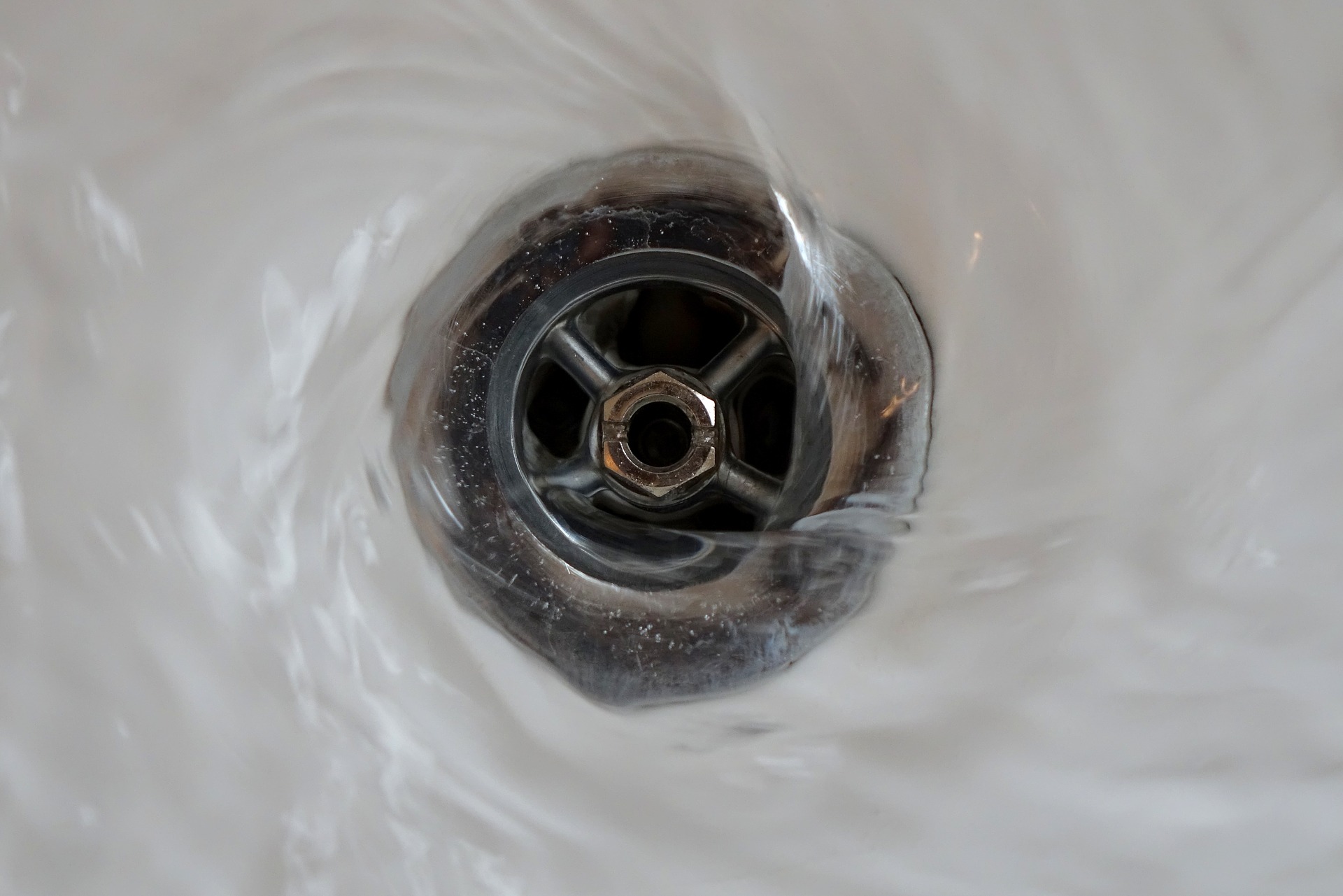
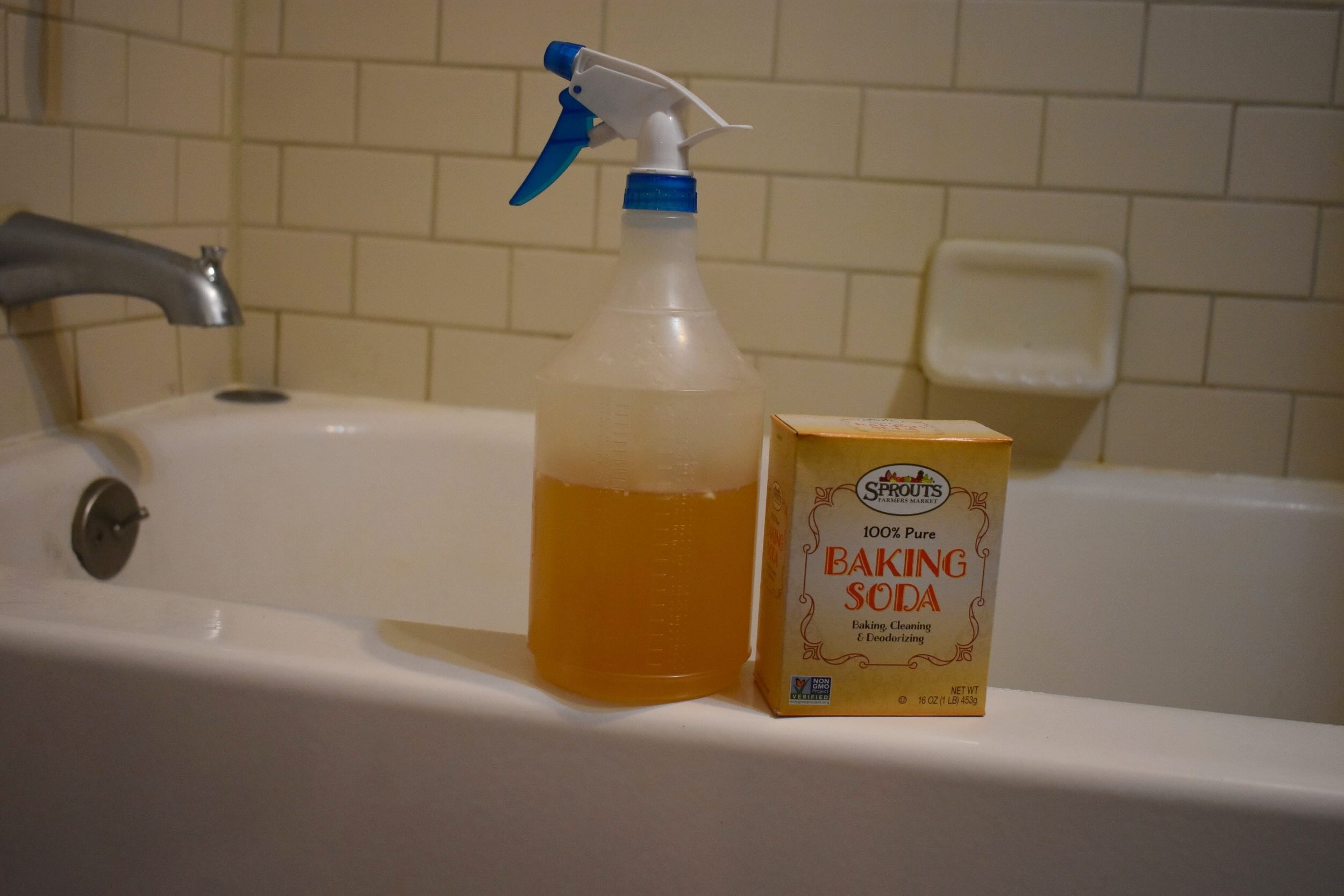
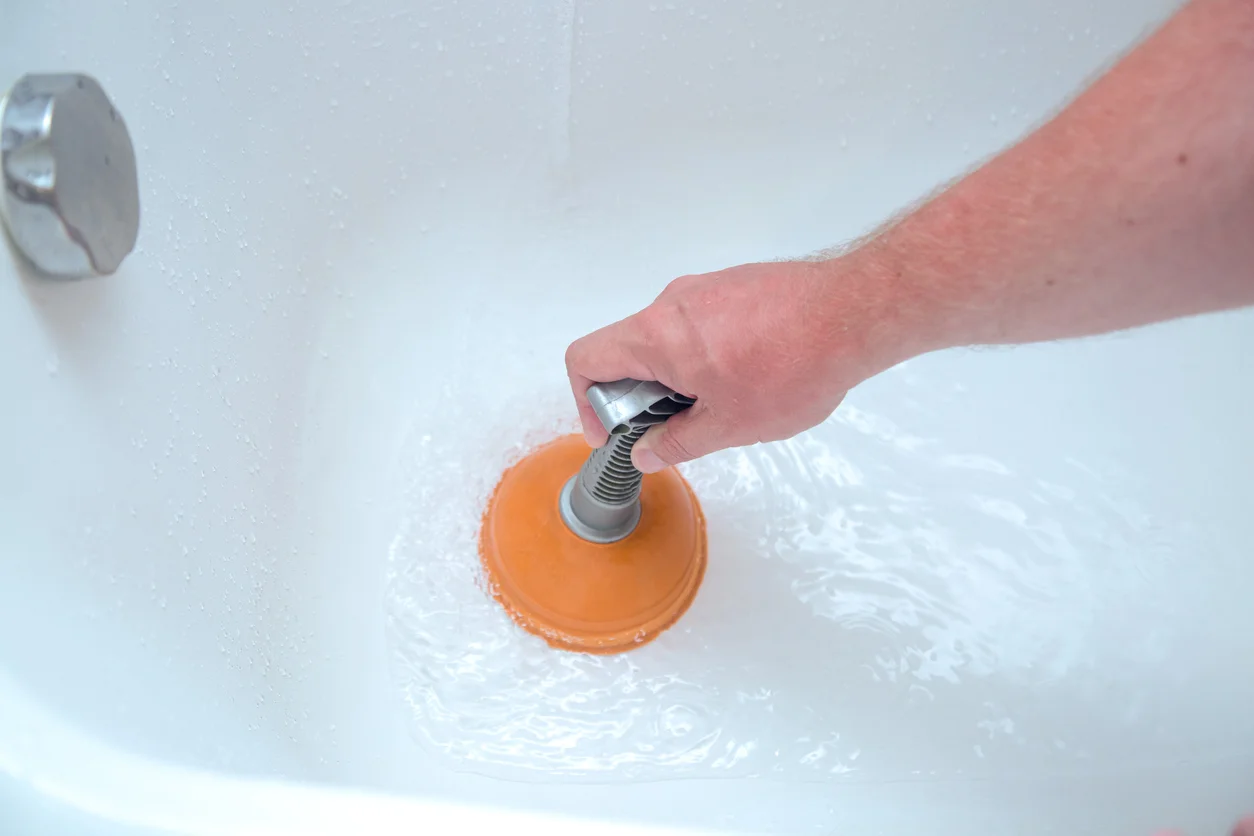
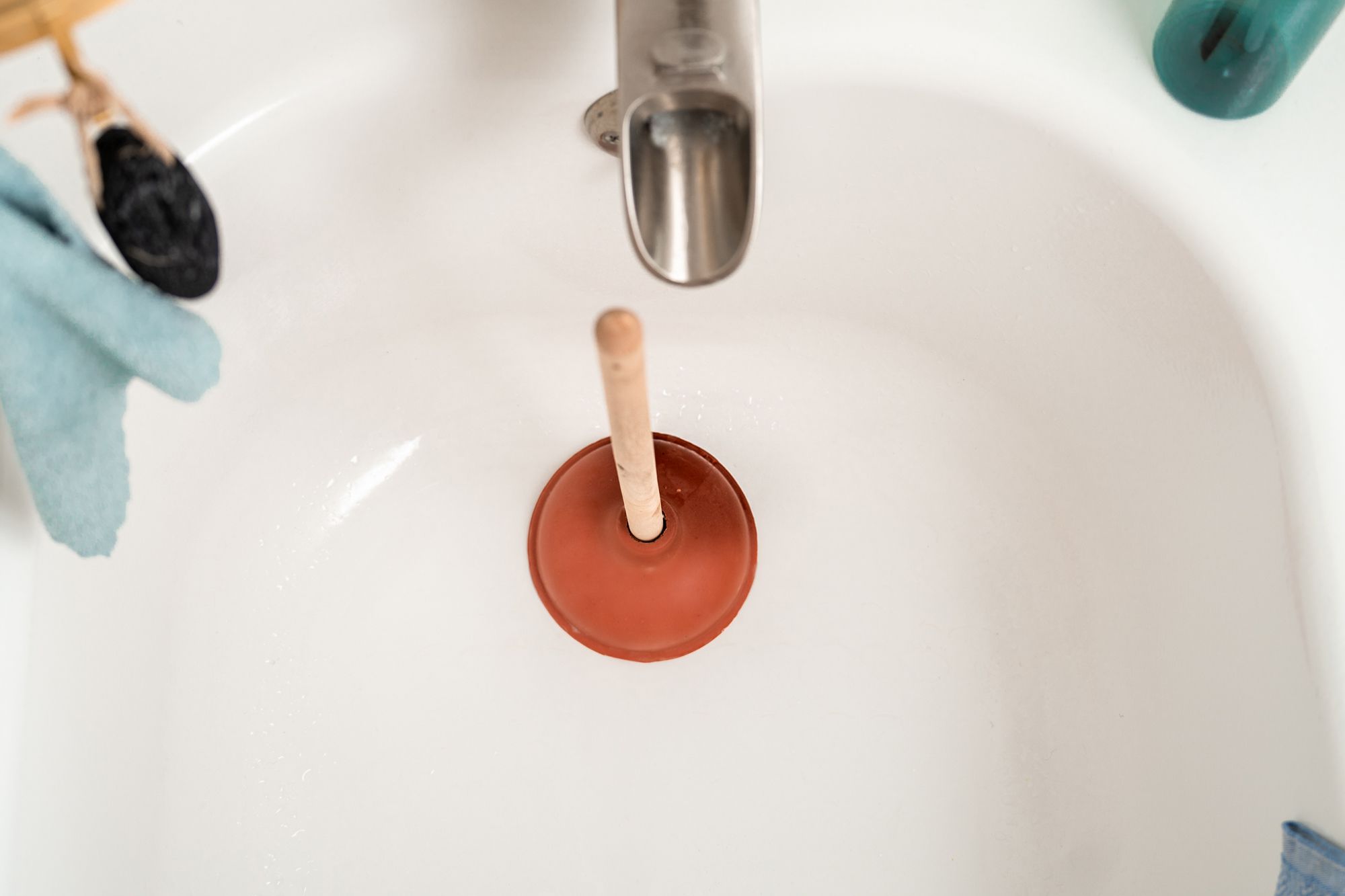
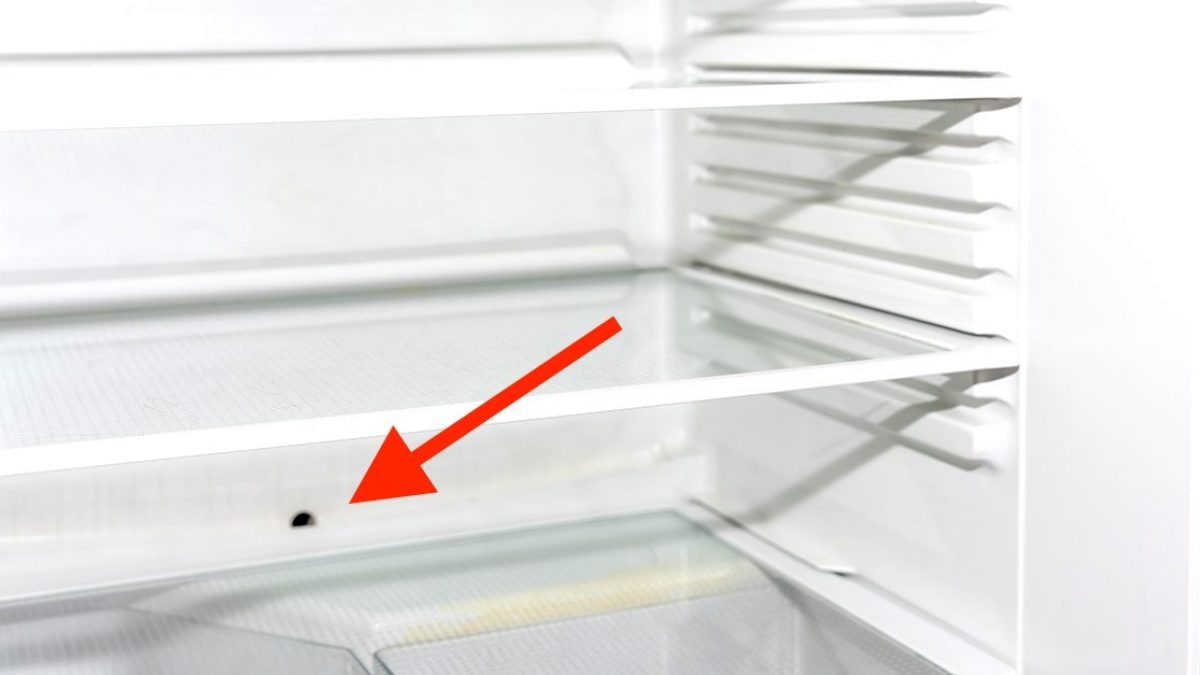
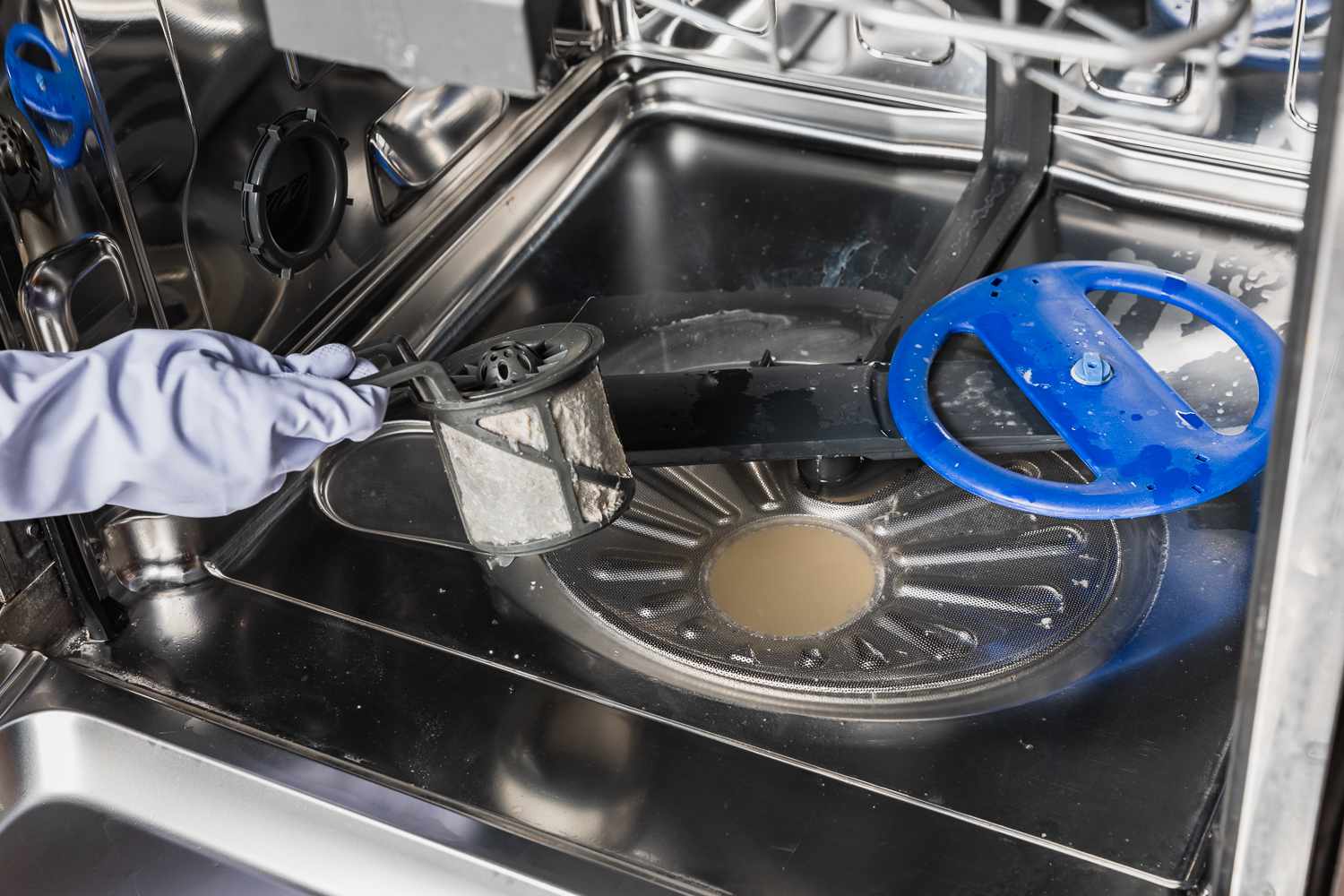

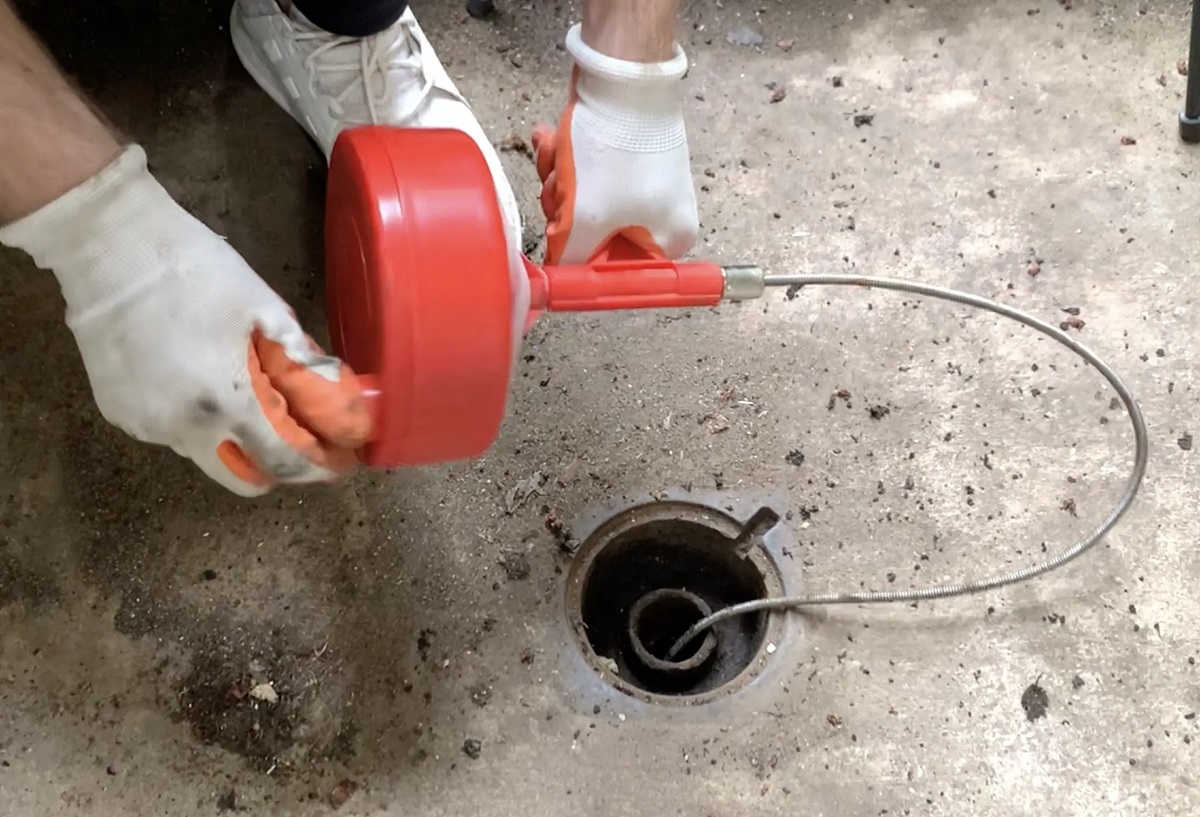

0 thoughts on “How To Unclog A Bathtub Drain: 5 Steps To Stop Slow Emptying”